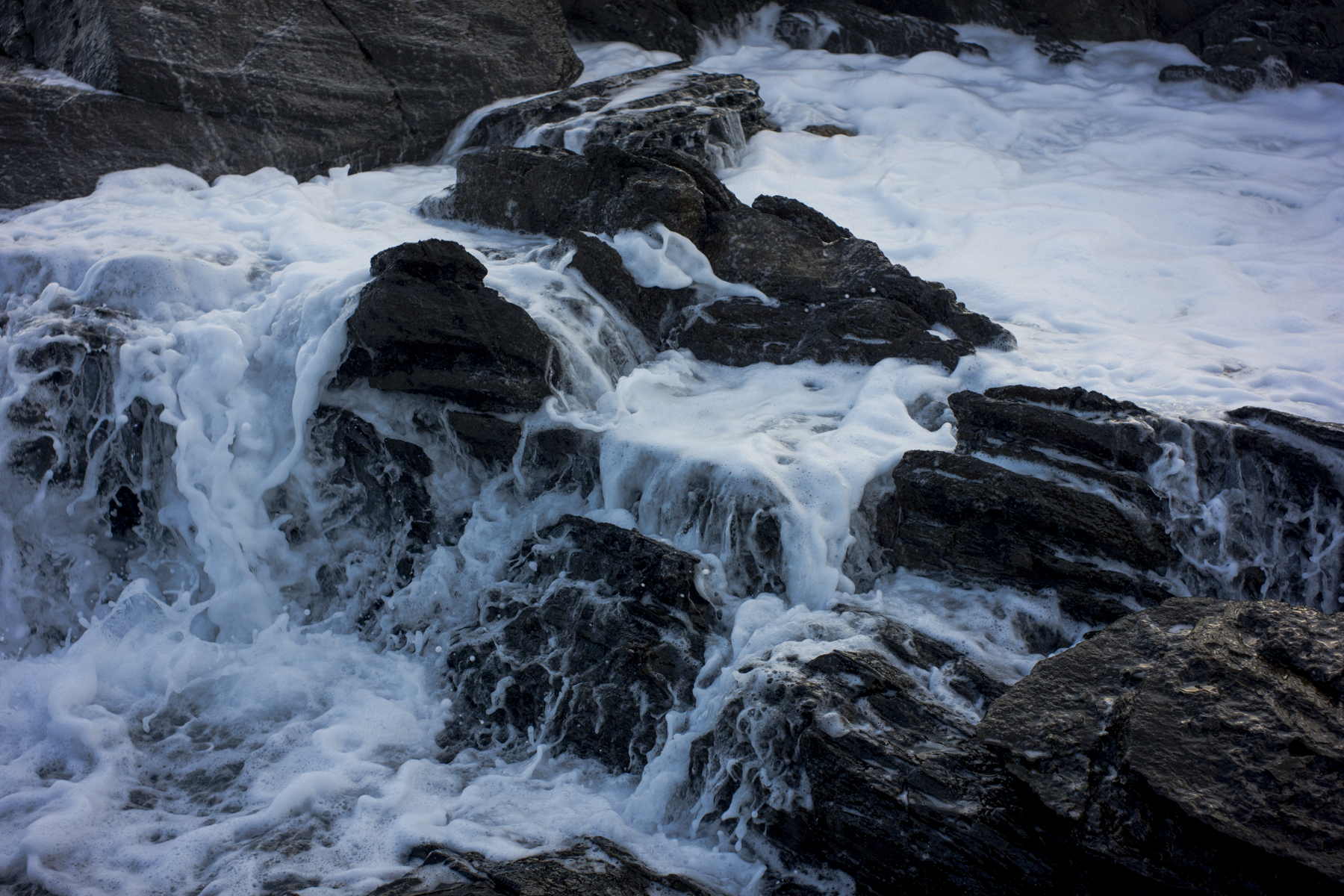Our 8 day holiday at Kangaroo Island started yesterday. We left Victor Harbor for Cape Jervis late morning to catch the Sealink ferry over to Kangaroo Island, and we arrived at American River in the mid- afternoon.

American River, which is on Eastern Cove, is very quiet and laid back. It is a fishing spot (recreational boating and fishing) that is still unspoilt by development. The houses (holiday homes and fishing shacks) are unpretentious, and the place is teeming with bird life–both seashore birds (eg., pelicans) and bush birds (eg. black cockatoos).










